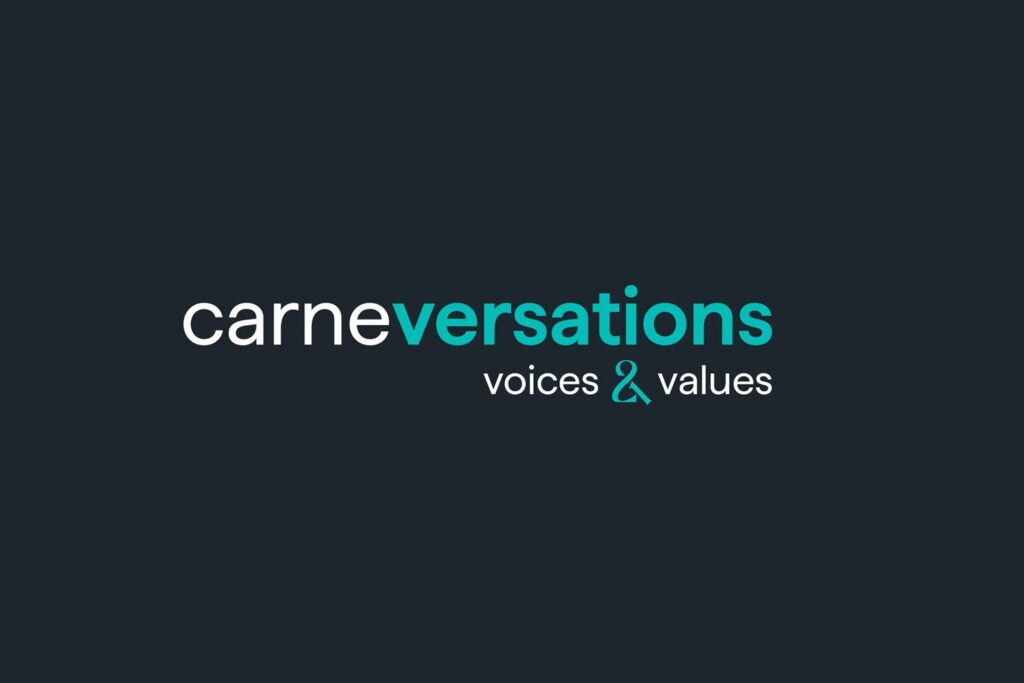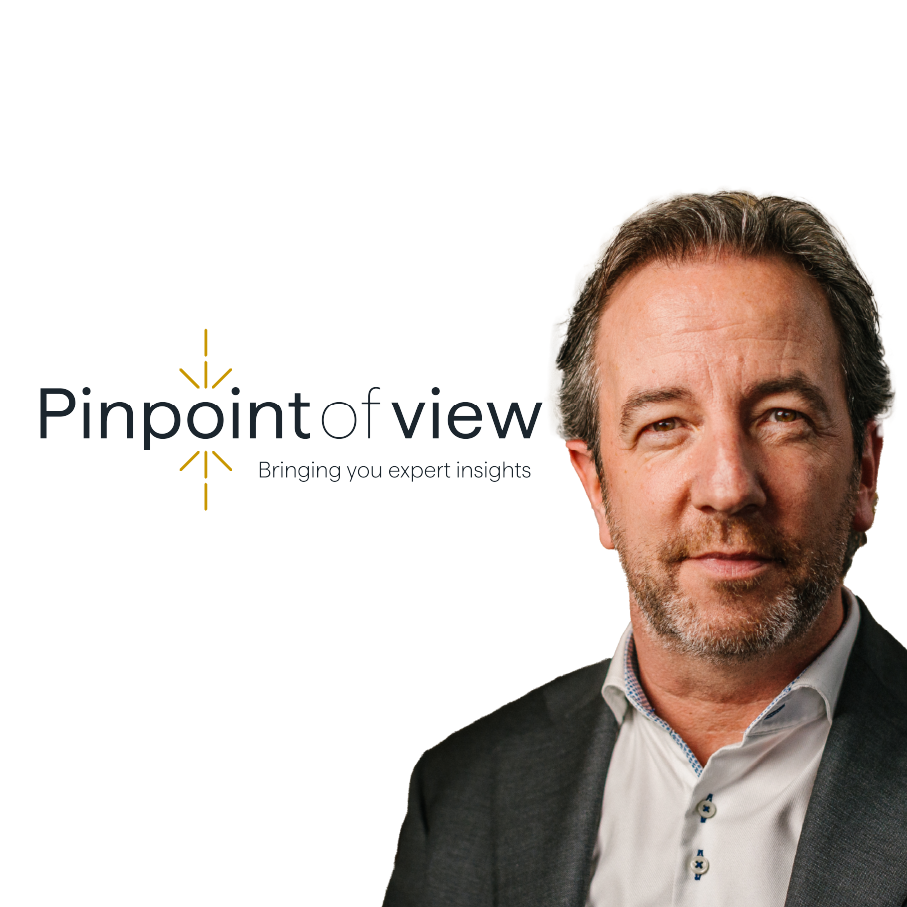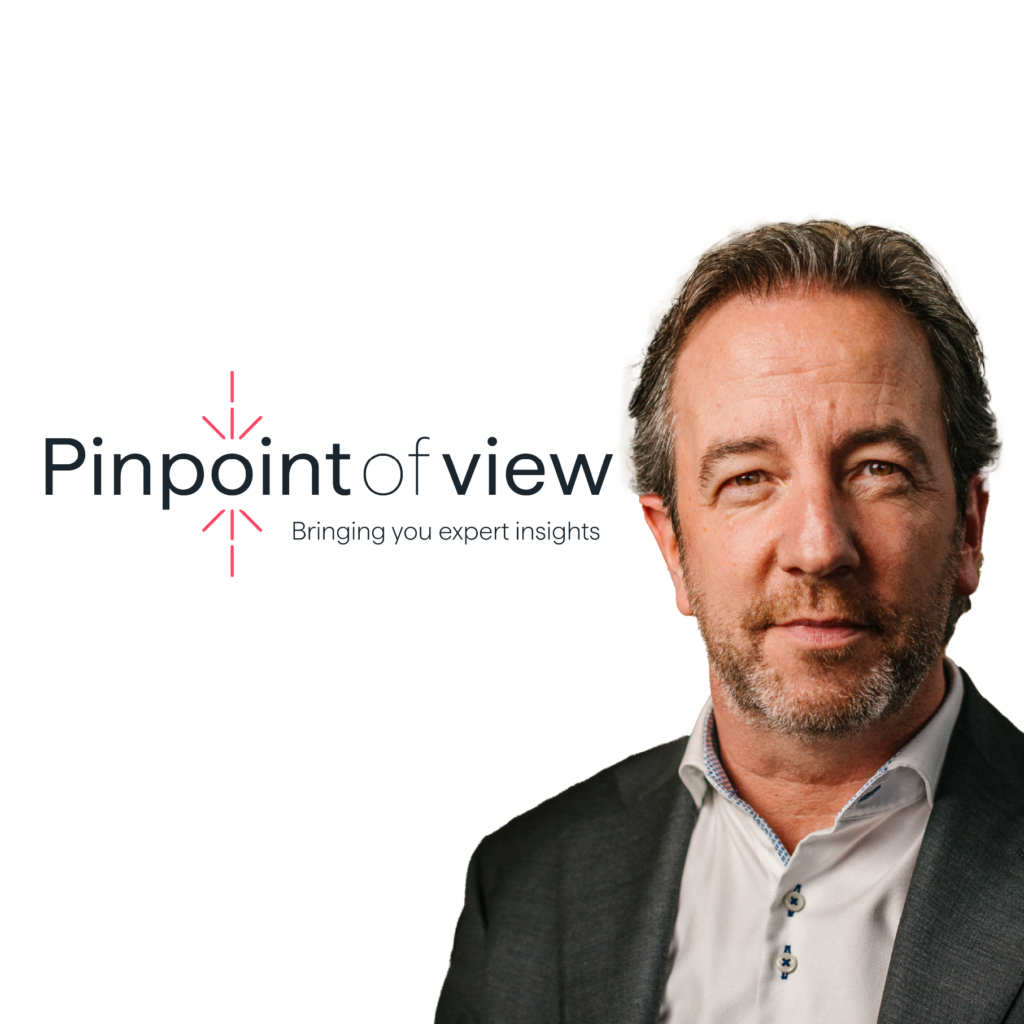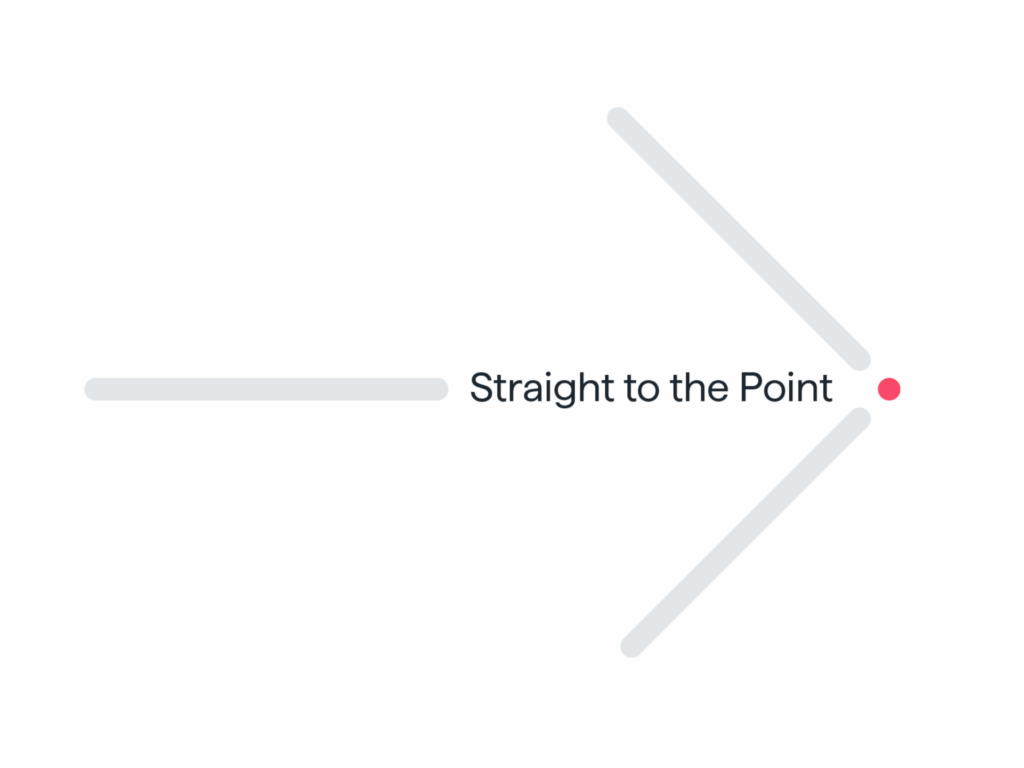The Carne Group: Semi liquid framework Ankit Jain: Managing Director – Group Head of Risk Solutions

Semi liquid framework |
|
Private assets continue to see its investor base broaden. Illiquid assets have been democratised – as UK master trust pensions, European wealth managers and others allocate to semi-liquid funds: open-ended structures holding illiquid assets in a significant proportion. But how can fund managers be sure these new investors understand valuation and liquidity risk? What happens when they want to redeem? We need a revolution in transparency, with better education and safeguards for retail investors, to avoid the risks of misselling. In our Pinpoint of view series, Carne experts take a deeper dive into the themes that matter to clients. What comes after the democratisation of private markets: The transparency revolution The tailwinds for private markets investment are many. Higher returns, net zero, the infrastructure funding requirement. It is a well-known conversation. And over the last 18 months, such tailwinds have buoyed semi-liquid funds: assets like private credit or infrastructure, packaged into open-ended funds. So much so that 23% of private assets could be in retail investors’ hands in a few years. But the headwinds in this market are less obvious. One, poor transparency, is so strong it could risk impeding forward momentum in private asset investment. Solving it can ensure momentum. Our research with 201 global private fund managers and European asset allocators shows the strength of this impediment. Almost all (98%) of US managers agree that complexity and lack of transparency deter investors from allocating to private markets. The majority (92%) say data quality and transparency need to improve. There is now a sense of urgency. This is partly due to the growth of semi liquids, increasingly popular with life insurers operating DC pension schemes, wealth managers using fund platforms and other new investors. Such funds are now seeing healthy inflows. There are 18 LTAFs in the UKii and comparable growth in other markets. But what happens when investors want to redeem? How might the industry cope with larger-than-usual outflows? In recent years, managers of open-ended real estate funds imposed gates and other measures that attracted unwanted regulatory and public scrutiny. Solving the transparency issue can create more comfortable environments for investors in the asset class. It can remove the headwind. If there is a transparency revolution, it is likely to have three components. First is the clarity of fund offering documents. This means creating the utmost level of certainty that the purchasing investor knows and understands the risks. These particularly concern valuation and liquidity. Investors should understand the difference between fair value and disposal price and why these two may not match, which may impact client redemption. Fund managers can address this with a range of safeguards. These include clear lock-in periods, early redemption deductions, limited redemptions per quarter and liquidity management planning. They also include enhanced disclaimers. These might range from the simpler, “The fund’s investments are illiquid and have a long investment horizon,” to the more precise, “Excessive redemptions and subscriptions are likely to be queued over multiple periods and may not be met in full.” The second stage is greater valuation safeguards. This is important in open-ended illiquid funds because of the potential mismatch between an asset’s model based ‘fair value’ and its disposal price. After all, we are working with assets which may disposed over multiple years, valued perhaps quarterly at most, and funds that intend to trade monthly or even more frequently. Safeguards could comprise more independence in the valuation process – common in real estate but currently less so in, say, private equity – use of third-party valuers, audit hold back provisions, audit review of valuations and greater powers for an AIFM. Some 46% of managers outsource because they say it gives their investors greater transparency. It is certainly the case than an outsourced AIFM can not only appoint a third-party valuer but also has the right to restate a fund’s NAV if it deems necessary. Third is an acknowledgement that this issue is large and will only grow – and that the role of audit and auditors must grow with it. For example, one workable model could be that in cases where a Third-party valuer is not used for every NAV calculation, at least 25% of a given portfolio is independently reviewed at the end of the fund’s financial year. The annual audit for such funds should also place greater emphasis on sample checks on asset valuations. These are not proposals for some future revolution. It is happening right now. I mentioned outsourcing above for a reason. A number of managers, operating private funds, are already working with their third-party AIFM to include some or all of these measures – along with other technical provisions – to achieve and ensure better transparency. They are revolutionising their approach to transparency concertedly – if quietly. If you would like to know more about Carne’s work to improve transparency in open-ended illiquid funds, or if you would like to discuss your own requirements, please contact us on contact@carnegroup.com |
|
*About the research Carne Group commissioned the market research company Pureprofile to interview 201 investors working for pension funds, family offices, wealth managers, insurance asset managers and consultants to institutional investors and asset managers in the UK, Germany, Switzerland, Italy, France, the Netherlands, Norway, Finland and Denmark with a total of $1.7 trillion assets under management. The survey was conducted in December 2023 and January 2024. This publication has been prepared for general guidance on matters of interest only and does not constitute professional advice. You should not act upon the information contained in this publication without obtaining specific professional advice. |
[1] chrome-extension://efaidnbmnnnibpcajpcglclefindmkaj/https://www.carnegroup.com/wp-content/uploads/2024/02/Carne-Research-Report-v5.pdf?utm_campaign=Change%20Report%202024&utm_source=Carne%20website








